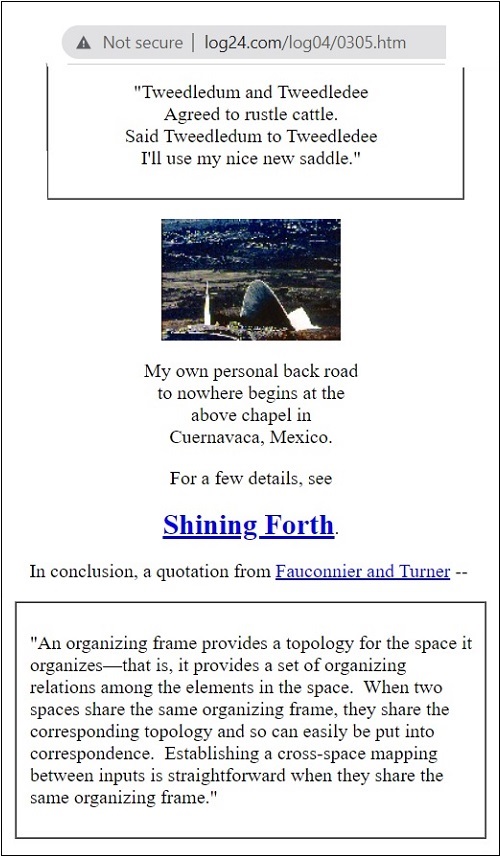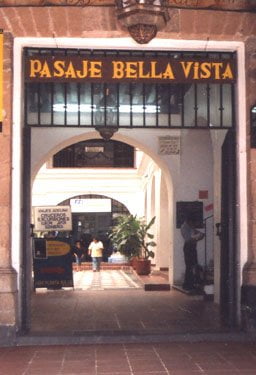|
https://terebess.hu/zen/mesterek/dtsuzuki.html —
From Larry A. Fader, “D. T. Suzuki's Contribution to the West,” In contrast to Jung's approach is the humanistic psychology of Erich Fromm. Fromm was also influenced by Suzuki, but in different ways. Whereas Jung dealt with Zen Buddhism as an aspect of his psychological thought, Suzuki's influence touches closer to the core of Fromm's thought. Fromm organized an influential workshop on Zen Buddhism and psychoanalysis in Cuernavaca, Mexico, and incorporated many concepts which resemble Suzuki's interpretation of Zen into his psychoanalytic writings. The Cuernavaca workshop of 1957, held at Fromm's Mexico home, brought together eminent psychologists expressly for the purpose of exploring Zen Buddhism and psychoanalysis. As such, it marks an important point of contact between thinkers in the field of psychology and D. T. Suzuki's interpretation of Zen. Suzuki addressed the gathering, and his speeches were later published as “Lectures in Zen Buddhism” together with Fromm's address entitled “Psychoanalysis and Zen Buddhism” and that of Richard DeMartino entitled “The Human Situation and Zen Buddhism,” in a volume which Fromm edited and called Zen Buddhism and Psychoanalysis. Fromm organized the Mexico meeting and issued the invitations to its participants as a result of his feeling that psychotherapists—and in particular, psychoanalysts—were at that time “not just interested, but deeply concerned” with Zen. This “concern,” Fromm believed, was a new and potentially important development in the attitude of psychologists. His own address to the workshop, reformulated, as he says, because of “the stimulation of the conference,” includes language and ideas that may be traced to Dr. Suzuki's Cuernavaca lectures. |
See as well Fromm and Frère Jacques, Cuernavaca in this journal.




































































































































